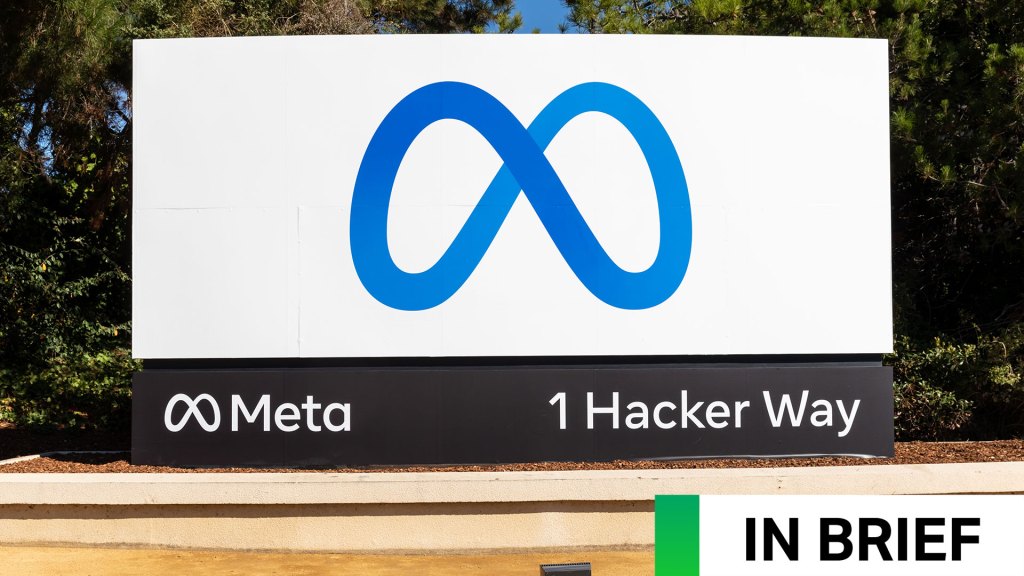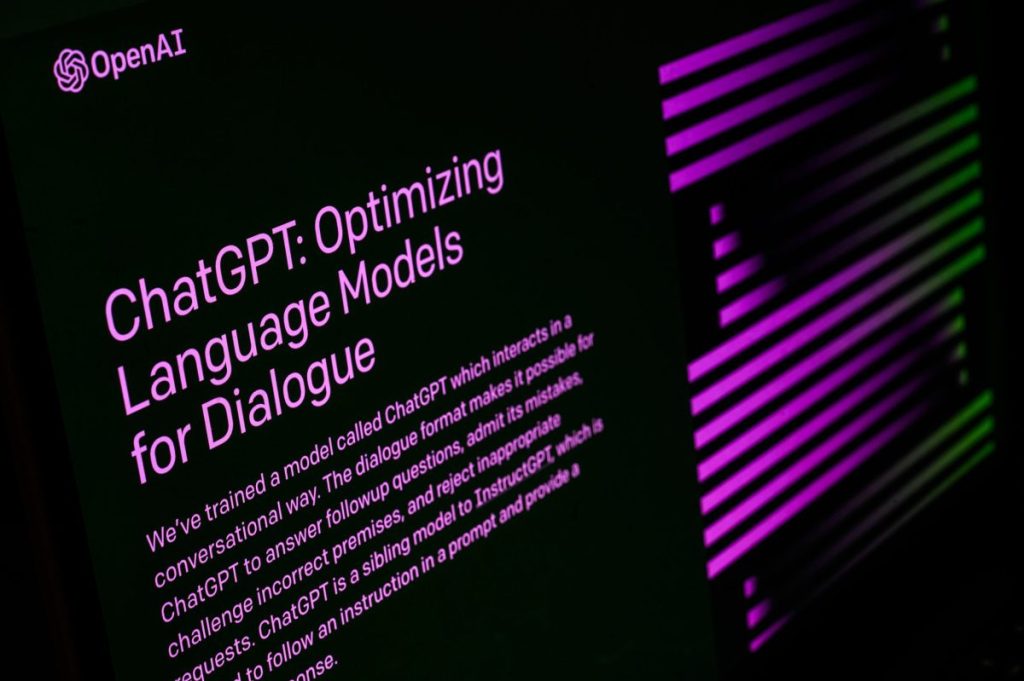Meta’s recent unveiling of its flagship AI model, Maverick, has ignited discussions within the AI community regarding the transparency and reliability of benchmarking practices. The model’s performance on the LM Arena benchmark has raised questions about the consistency between the version tested and the one available to developers.
Discrepancies in Benchmarking
On April 6, 2025, Meta introduced Maverick, which secured the second position on LM Arena—a platform where human evaluators compare AI model outputs to determine preferences. However, it was noted that the Maverick version assessed on LM Arena was an experimental chat version, distinct from the standard release provided to developers. This distinction was highlighted in Meta’s official announcement and further detailed on the Llama website, indicating that the LM Arena evaluation utilized a variant optimized for conversationality.
This practice of tailoring models specifically for benchmark evaluations, while offering a different version to the public, complicates the assessment of a model’s real-world applicability. Such discrepancies can mislead developers and users about the model’s actual performance across various tasks.
Challenges with Current Benchmarks
The reliability of benchmarks like LM Arena has been a topic of debate. Historically, AI companies have refrained from customizing models solely to achieve higher benchmark scores. The introduction of specialized versions for benchmarking purposes undermines the objective of these evaluations, which is to provide a comprehensive overview of a model’s capabilities.
Further complicating the issue, researchers have observed notable behavioral differences between the publicly available Maverick model and the one tested on LM Arena. The benchmarked version exhibited tendencies such as excessive use of emojis and overly verbose responses, which were not present in the standard release. These inconsistencies raise concerns about the authenticity of benchmark results and their reflection of a model’s true performance.
The Broader Implications
The situation with Meta’s Maverick model is not isolated. The AI industry has been grappling with the efficacy of existing benchmarks. Many of these tests are outdated and fail to capture the diverse applications of modern AI systems. For instance, benchmarks like the Massive Multitask Language Understanding (MMLU) have been criticized for their limited scope and potential contamination, where models are inadvertently trained on benchmark data, leading to inflated scores.
The reliance on such benchmarks can create a false narrative of progress, where models appear to perform exceptionally well in controlled tests but may falter in real-world scenarios. This discrepancy underscores the need for more robust and representative evaluation methods that align with practical applications.
Moving Towards Transparent Evaluation
To address these challenges, there is a growing consensus on the need for independent and transparent benchmarking practices. Developing new, challenging benchmarks that accurately measure AI models’ real-world capabilities is crucial. This includes creating tests that assess reasoning, planning, and adaptability—skills essential for AI systems operating in dynamic environments.
Moreover, maintaining the confidentiality of benchmark questions is vital to prevent models from being trained on test data, ensuring that evaluations genuinely reflect a model’s performance. Collaborations between AI developers, researchers, and independent evaluators can foster the creation of benchmarks that are both challenging and representative of real-world tasks.
Conclusion
The recent developments surrounding Meta’s Maverick model highlight the pressing need for transparency and integrity in AI benchmarking practices. As AI continues to permeate various aspects of society, ensuring that models are evaluated accurately and fairly becomes paramount. By adopting more rigorous and transparent evaluation methods, the AI community can build trust and ensure that advancements genuinely benefit users across diverse applications.



